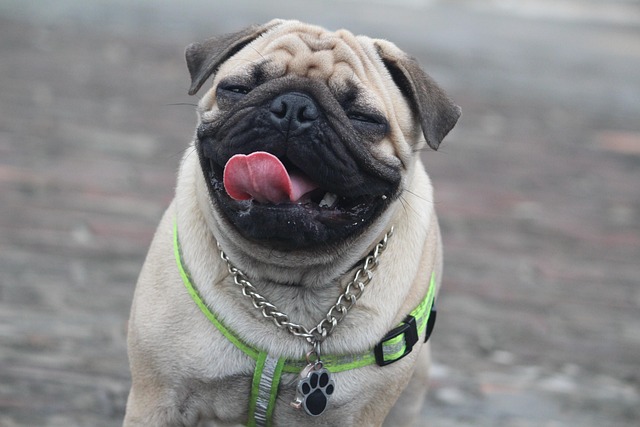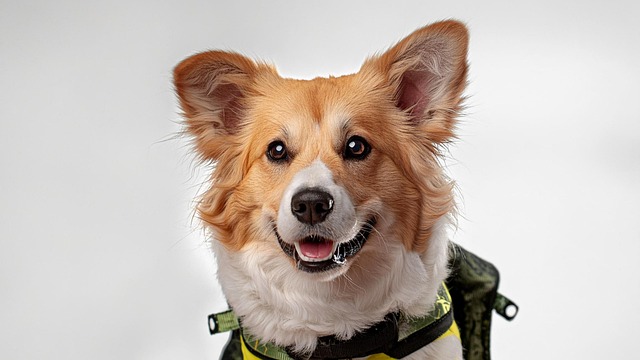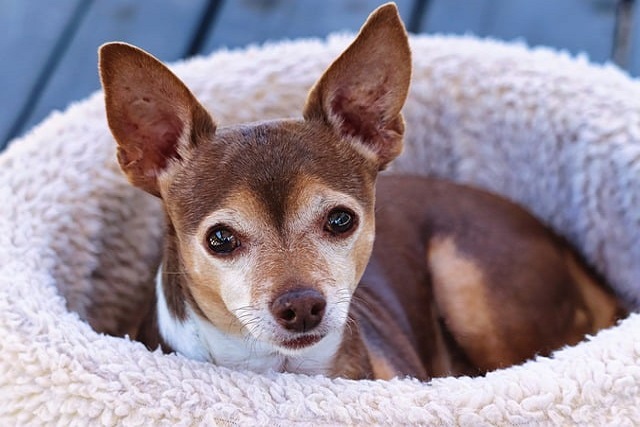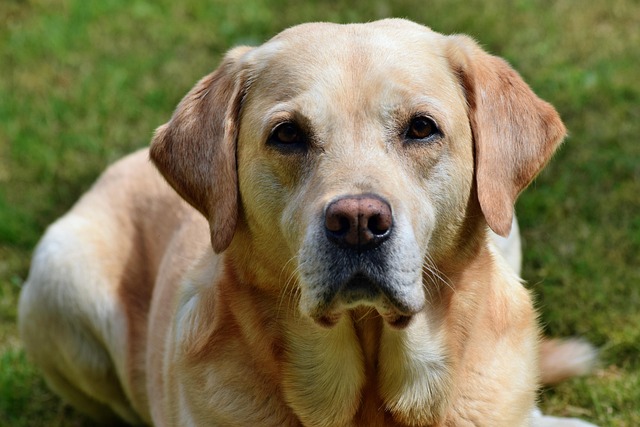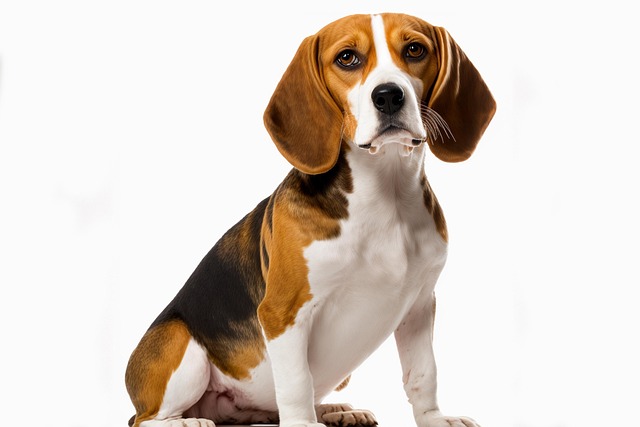Pug puppies are adorable, but let’s be real—their tiny bladders and curious nature can make toilet training feel like a full-time job. These little guys have minds of their own, and while their squishy faces make it hard to stay mad, consistency is key if you want to avoid surprises on your carpet. Start by understanding their schedule: puppies need to go out right after eating, napping, or playing, and first thing in the morning and last thing at night. Set a timer if you have to—those first few weeks, you’ll be making more trips outside than you ever thought possible, but it’s worth it.
Watching for signs is half the battle. Your pug will probably circle, sniff the floor like they’re on a mission, or start to squat—don’t wait for the full squat. Scoop them up gently and head outside immediately. Choose a spot in your yard (or a designated area if you’re in an apartment) and stay there until they go. When they do, make a big deal out of it—cheer, give them a tiny treat, maybe a quick belly rub. Pugs love attention, so positive reinforcement works way better than scolding. Yelling or rubbing their nose in accidents? That just confuses them. They won’t connect the punishment to the act, and it might make them scared to go near you when they need to go.
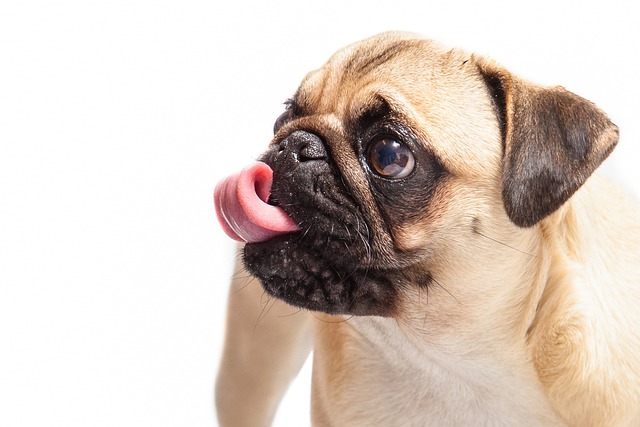 Accidents will happen—accept that now. Even the best-trained pups have off days, especially if they’re teething or stressed. When it does, clean it up thoroughly with an enzyme cleaner to get rid of the smell; if they can still smell their previous mistake, they’ll think that spot is fair game. Resist the urge to get frustrated—pugs are sensitive, and stressing them out will only slow down progress. Instead, turn each accident into a learning moment: calmly take them to their designated spot, even if it’s too late, so they start associating that area with going potty.
Accidents will happen—accept that now. Even the best-trained pups have off days, especially if they’re teething or stressed. When it does, clean it up thoroughly with an enzyme cleaner to get rid of the smell; if they can still smell their previous mistake, they’ll think that spot is fair game. Resist the urge to get frustrated—pugs are sensitive, and stressing them out will only slow down progress. Instead, turn each accident into a learning moment: calmly take them to their designated spot, even if it’s too late, so they start associating that area with going potty.
Your pug’s personality plays a role too. Some catch on in a week, others take a month or more—don’t compare them to other dogs. If your pup seems resistant, try making their outdoor spot more inviting. Maybe they prefer grass over concrete, or they feel safer with you standing close by. And remember, always clean up after them in public spaces—it’s not just polite, it’s the rule almost everywhere, and keeping your neighborhood clean helps keep pugs welcome in parks and walkways.
Patience is non-negotiable here. There will be days when you think you’re making progress, only to find a mess when you get home from work. That’s normal. Puppies have short memories, so repeating the same routine—same times, same spot, same praise—will eventually click. As they get older, their bladder control improves, and you’ll notice longer stretches between potty breaks. Celebrate those small wins—they mean you’re both getting the hang of it.
Training a pug puppy for toilet success isn’t about perfection; it’s about building trust and routine. These little dogs thrive on predictability, and once they know what’s expected, they’ll do their best to please you. Stick with it, and soon those little accidents will be a thing of the past.
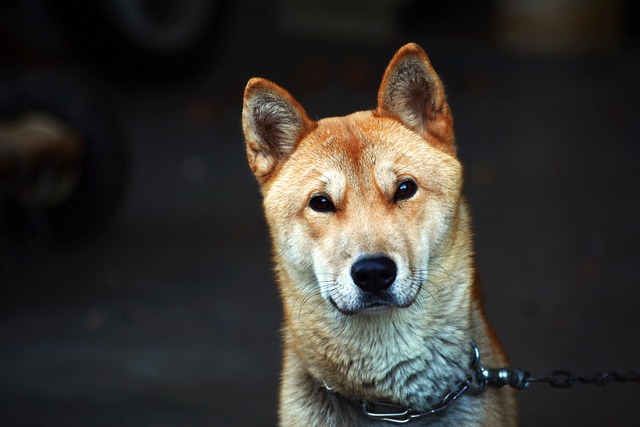
 Accidents will happen—accept that now. Even the best-trained pups have off days, especially if they’re teething or stressed. When it does, clean it up thoroughly with an enzyme cleaner to get rid of the smell; if they can still smell their previous mistake, they’ll think that spot is fair game. Resist the urge to get frustrated—pugs are sensitive, and stressing them out will only slow down progress. Instead, turn each accident into a learning moment: calmly take them to their designated spot, even if it’s too late, so they start associating that area with going potty.
Accidents will happen—accept that now. Even the best-trained pups have off days, especially if they’re teething or stressed. When it does, clean it up thoroughly with an enzyme cleaner to get rid of the smell; if they can still smell their previous mistake, they’ll think that spot is fair game. Resist the urge to get frustrated—pugs are sensitive, and stressing them out will only slow down progress. Instead, turn each accident into a learning moment: calmly take them to their designated spot, even if it’s too late, so they start associating that area with going potty.